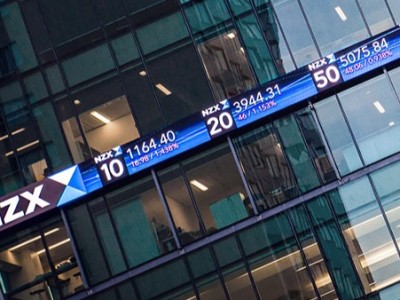Learn » Blog » Market commentary: What happened in January 2025
Market commentary: What happened in January 2025
Published on 11/02/2025
Topics:
investments

It seems that there's never a dull moment in the US at the moment! No sooner was President Trump sworn in, the ‘big black sharpie pen’ was out and the President and his administration were busy enacting their economic policies, and unwinding policies of the previous regime.
You would think better than expected US job data would be positive news; however, the share market took the view that this meant prospects of interest rate cuts in the near-term slipping away - and share values tumbled. Then just as the market was looking a bit damp, the US CPI data for December 2024 came in weaker than many expected, which gave the market a jolt upward and sent interest rates lower. UK inflation numbers also came in weaker, leading to the Bank of England’s (BoE) stating that with the economy weakening, the central bank should cut rates pre-emptively to sustain a soft landing and that these cuts should be at an accelerated rate. Indications of between 1.25% to 1.5% in cuts for 2025 could now be on the table. The UK share market reacted favourably, and this positive tone flowed across other Eurozone markets.
United Nation (UN) economists were quick to jump on this enthusiastic tone by producing forecasts for sub-par but stable growth for the global economy. The slowdown will be principally led by the US and China. In the meantime, the EU, UK and Japan are expected to have modest recoveries.
Keeping with the theme of managing expectations, some economists from major NZ banks are forecasting interest rate increases as early as next year (2026), once the country starts to see the light at the end of the recessionary tunnel. These bank-led forecasts fly in the face of the RBNZ’s modelling and statements. The RBNZ expects to continue easing the OCR between now and mid-2026, upon which it stabilises until the end of the forecast period, December 2027. The RBNZ currently have no rate hikes built into their projections.
The continued strength of the US dollar (Greenback) has left the Kiwi dollar languishing down around the 55 to 56 cent level against the Greenback since mid-December 2024. One of the flipsides of a weaker Kiwi dollar is that we become a more attractive holiday destination for those in Australia, US and Europe. Auckland Airport recently reported that in December, they saw the highest number of international passengers since the start of the Covid pandemic five years ago. Aussie and Kiwi passport holders accounted for just over 50% of the incoming traffic.
The launch of the low-cost Chinese Artificial Intelligence model ‘DeepSeek’ challenges the business models of the incumbent AI leaders like Nvidia, and sent US tech stock prices plummeting. Nvidia saw nearly $600 billion wiped off its value in one day (down 17%).
Looking to the local share market, NZ shares had a modest return of 0.4% compared to the US' S&P 500 which rose 2.7% in January. NZ bonds (as measured by the Bloomberg NZ Bond 0+ year index) saw a negative month of results (-0.08%), but when comparing to the global bond market, outperformed the Bloomberg Barclays Global Aggregate Bond Index hedged to NZD (which came in at -0.88% for the month).


